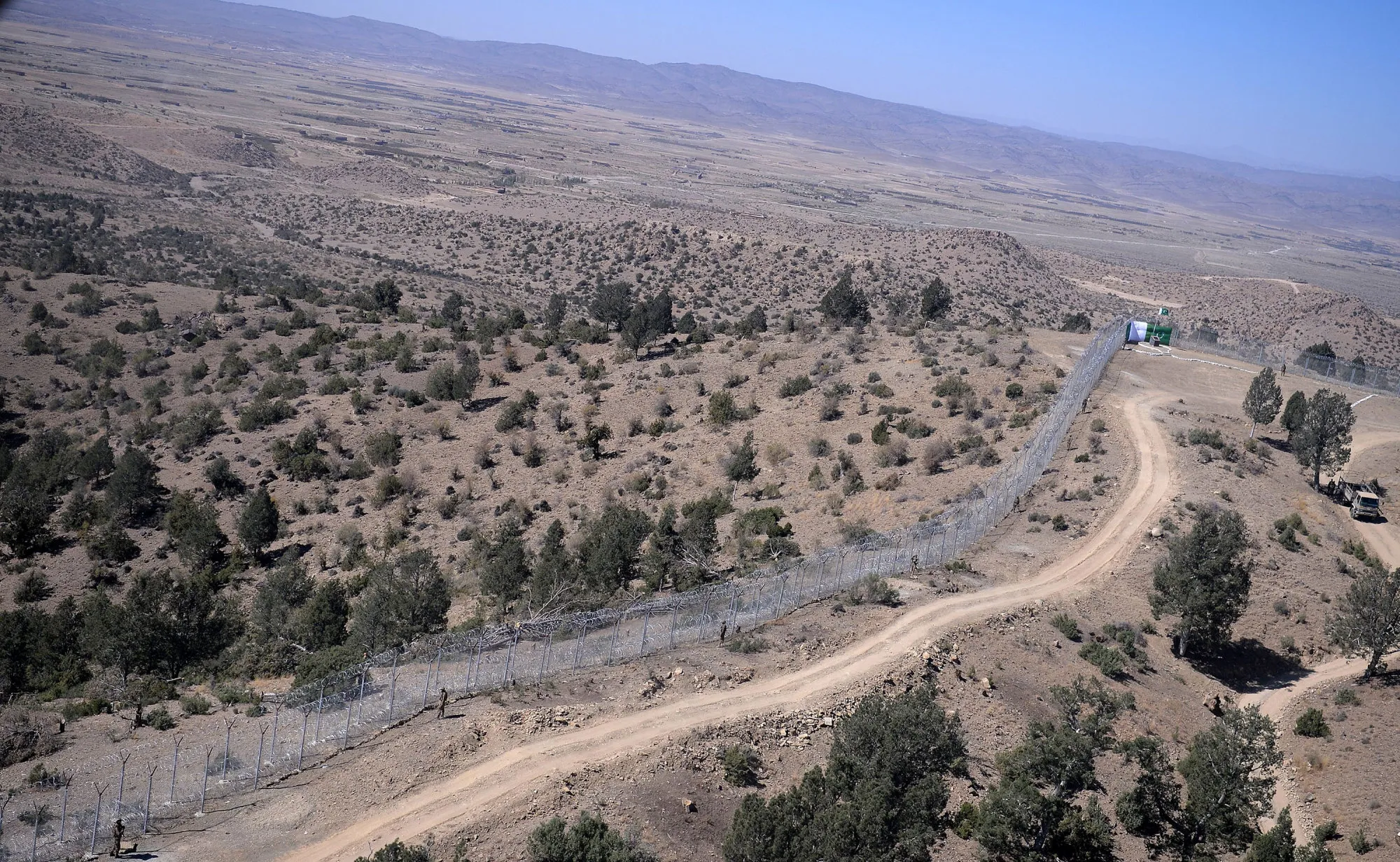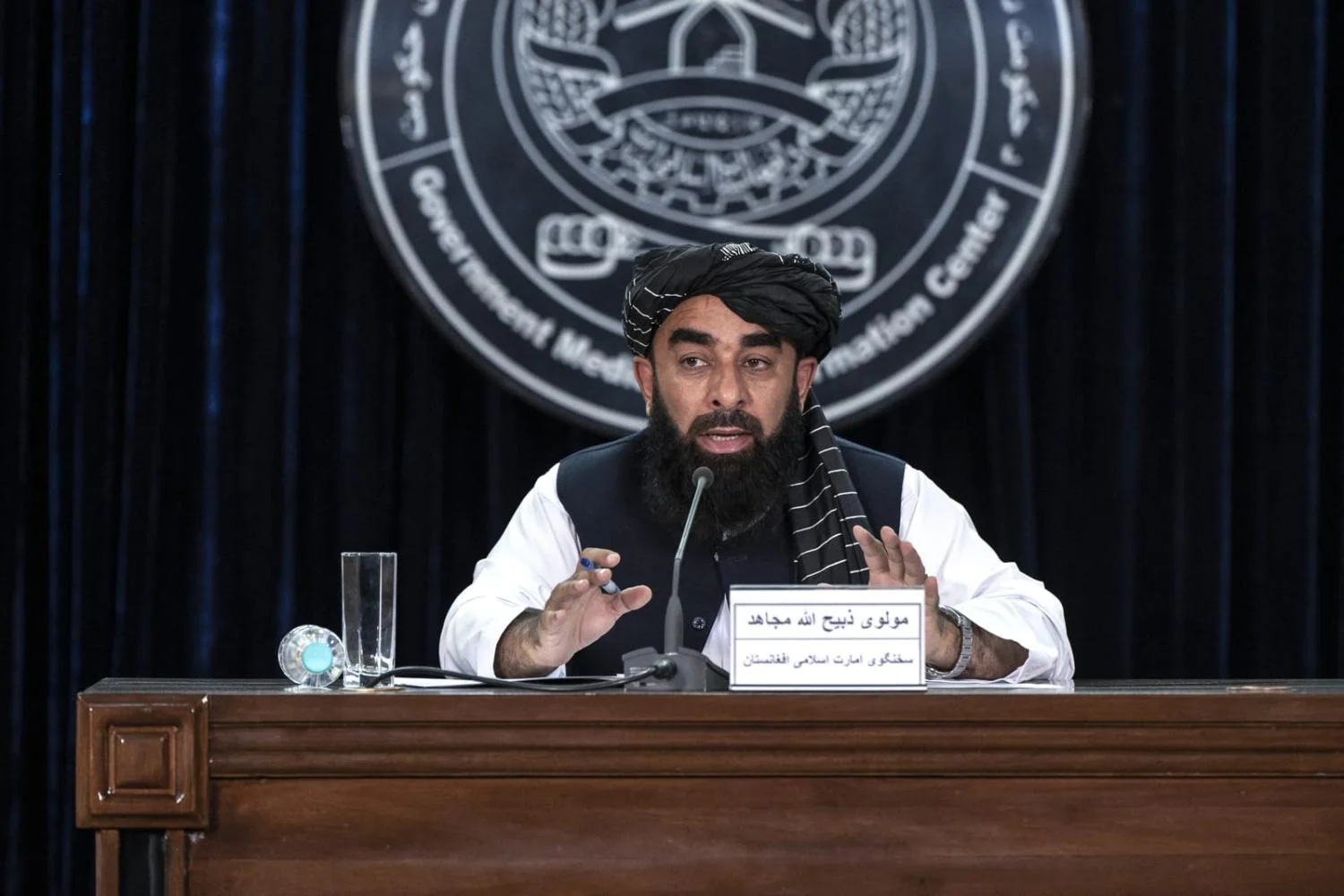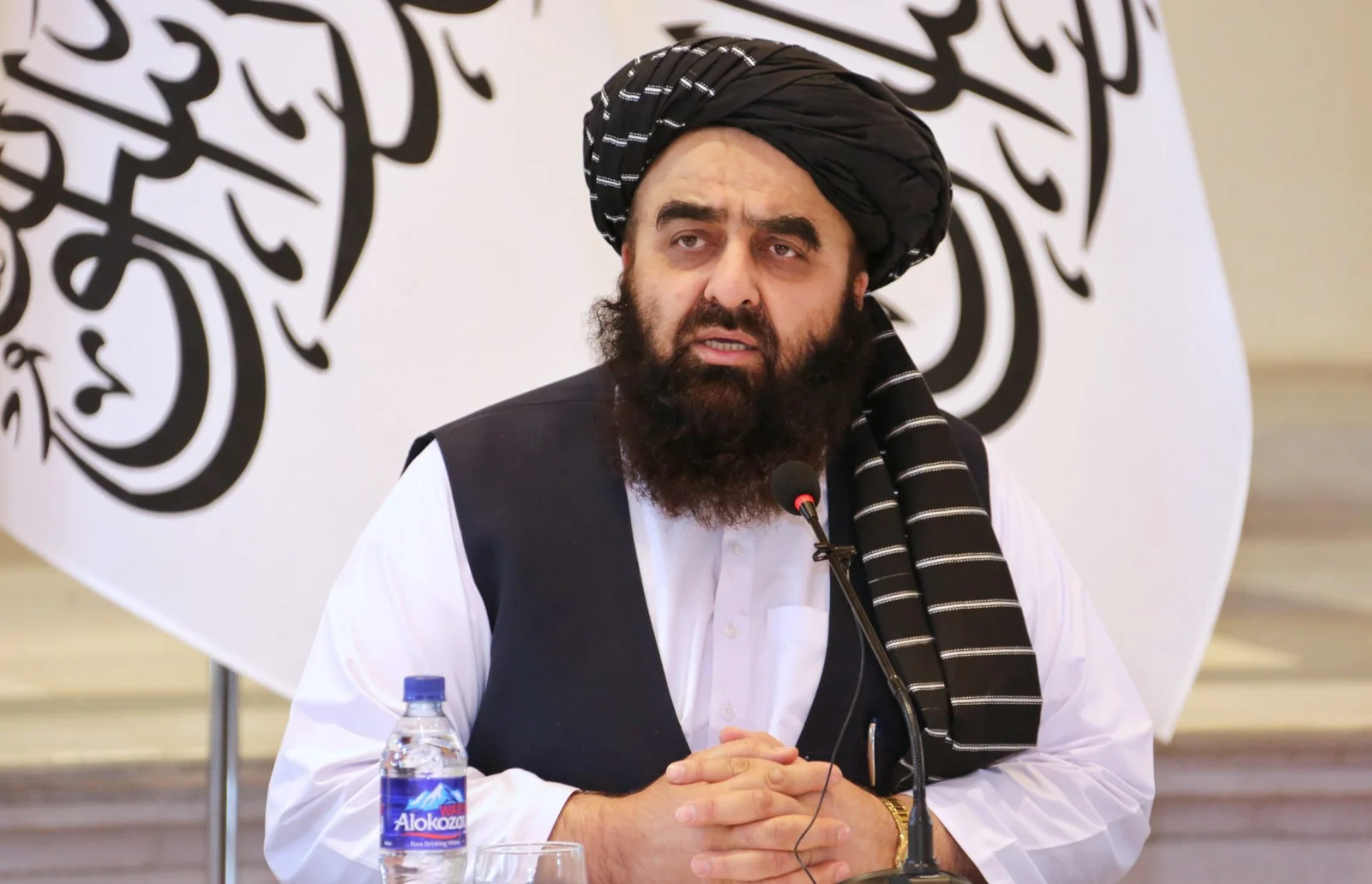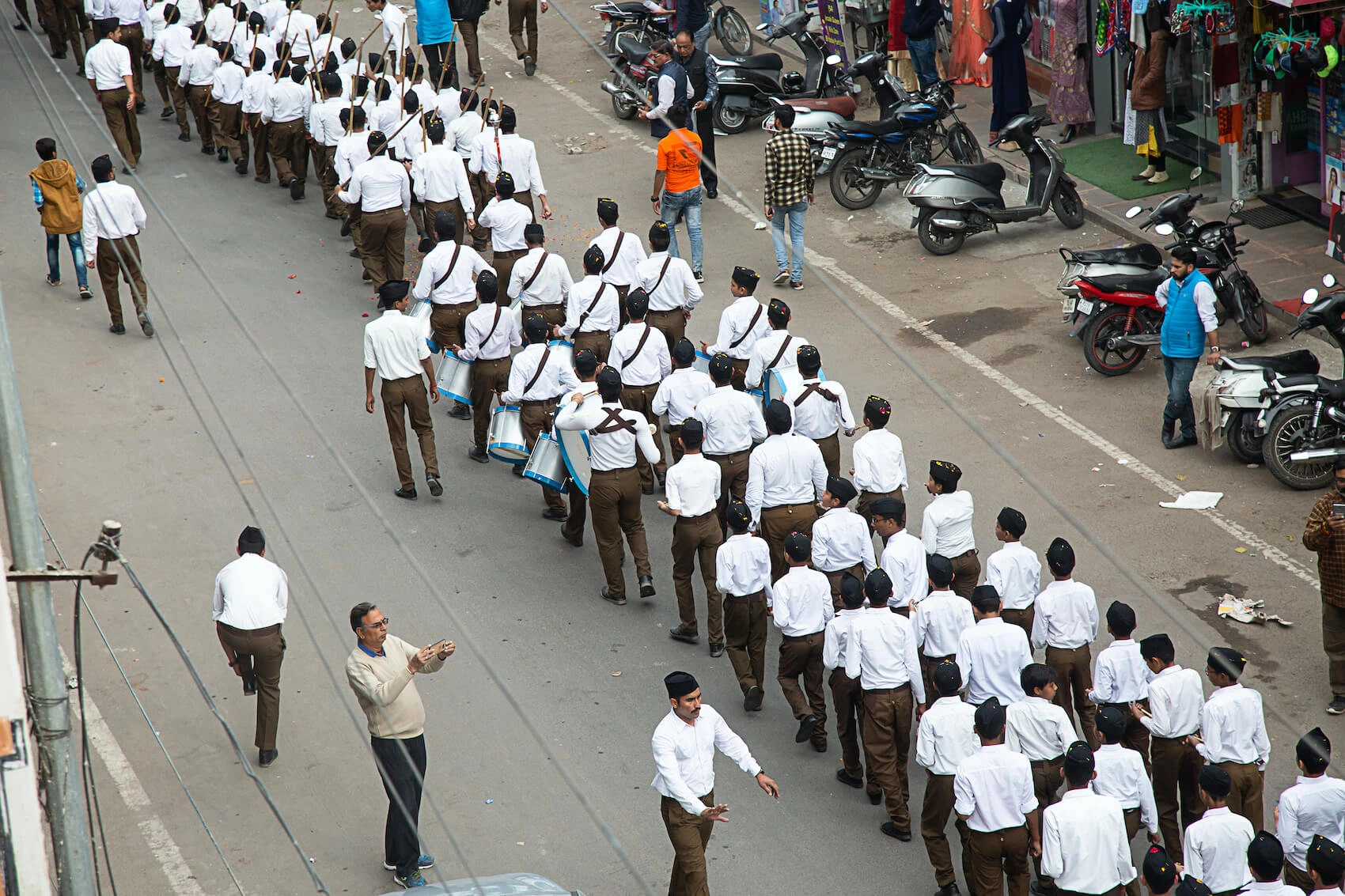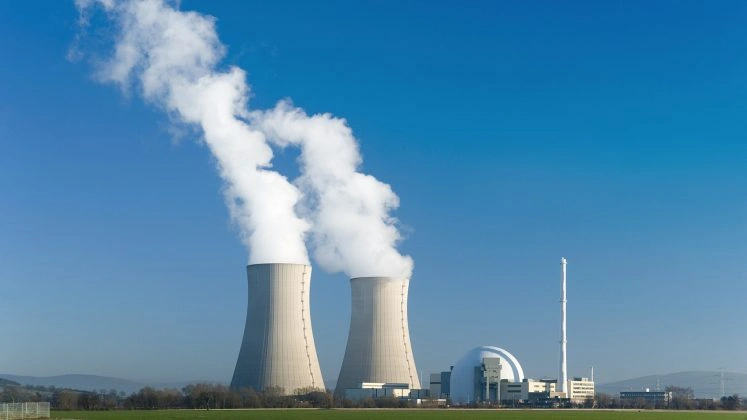A tenuous ceasefire between Pakistan and Afghanistan’s Taliban regime has brought a temporary halt to a sharp and dangerous escalation of hostilities along their shared border. While the fighting has paused, the calm is deceptive, doing little to resolve the deep-seated issues that ignited the violence.
This recent conflict, culminating in Pakistani airstrikes deep inside Afghan territory and fierce border clashes, is not a new phenomenon. Instead, it is the violent eruption of a dispute that has been simmering for over seven decades, rooted in contested borders, ethnic nationalism, and the complex, overlapping ideologies of militant groups.
A History of Animosity
The genesis of the conflict lies in the very creation of Pakistan in 1947. Afghanistan was the only country to vote against Pakistan’s entry into the United Nations, refusing to recognize the Durand Line, the 2,670-kilometer border established in 1893 between British India and Afghanistan. For successive Afghan governments, the line arbitrarily divided the Pashtun people, and the dream of a Pashtunistan encompassing territories within Pakistan became a cornerstone of Afghan foreign policy.
This irredentist claim manifested in direct hostility early on. From the 1950s, Pakistan faced a sustained campaign of cross-border attacks and terrorism sponsored by Kabul. Militants, separatists, and saboteurs found safe haven and support in Afghanistan, launching raids into Pakistan’s tribal areas and Balochistan. This long history is a crucial context that debunks the narrative that Pakistan’s struggle with terrorism is a post-9/11 phenomenon, establishing it as a foundational challenge to the nation’s security.
The Soviet invasion of Afghanistan temporarily shifted dynamics, but the underlying tensions remained. The post-2001 environment saw the emergence of a new, more lethal threat: the Tehreek-e-Taliban Pakistan (TTP). While ideologically aligned with the Afghan Taliban, the TTP’s singular focus was waging war against the Pakistani state. For two decades, as the Afghan Taliban fought the US-led coalition, the TTP found sanctuary in Afghanistan, operating with the tacit, and often overt, support of their Afghan brethren and hostile intelligence agencies.
It is crucial to note that successful Pakistani military operations between 2014 and 2017 had largely wiped out the TTP’s infrastructure from the Tribal Areas. Terrorism reached an all-time low as the group’s remnants fled across the border, finding refuge in Afghanistan. This hard-won peace, however, was contingent on the situation across the border.
The Taliban’s triumphant return to Kabul in August 2021 was the paradigm shift that shattered this calm. Islamabad hoped that the new regime, having finally achieved its goal, would honor the commitments made in the Doha agreement and would not allow Afghanistan’s territory to be used against Pakistan.
The opposite happened. Re-energized and emboldened by their patrons’ victory, and with Afghan soil now a complete safe haven, the TTP escalated their attacks on Pakistan with renewed ferocity and sophistication, armed with abandoned US military hardware. The border became a one-way street for terror. The ideological and operational lines between the Afghan Taliban and the TTP blurred completely. They became an embedded, overlapping force, sharing fighters, resources, and a common worldview, with the TTP swearing allegiance to the Afghan Taliban’s supreme leader.
The Breaking Point
For nearly four years, Pakistan pursued a policy of strategic patience, repeatedly urging the Taliban government through high-level delegations and intelligence channels to honor its commitments under the Doha Agreement and prevent its soil from being used against other nations. These pleas were met with hollow assurances and outright denial.
The tipping point came with a devastating TTP attack that martyred 11 Pakistani soldiers. This was the final straw. Having exhausted all diplomatic avenues, Pakistan was forced to act, launching targeted strikes against TTP command-and-control centers inside Afghanistan.
The Taliban’s response was not to crack down on the TTP, but to retaliate against Pakistan. Their regular military forces launched coordinated attacks on Pakistani border posts. The assault was fierce but was decisively repulsed by the Pakistan Army, which in the process destroyed or captured 19 Afghan border posts, inflicting heavy casualties on the attackers. Humbled by the military setback, the Taliban requested a ceasefire, which Pakistan, still hoping to de-escalate, accepted.
The truce was short-lived. In a brazen act of aggression, Taliban-linked forces stormed the crucial Chaman-Spin Boldak customs terminal, a vital artery for trade. They destroyed the border gate, murdered Pakistani customs officials and Frontier Corps (FC) soldiers, and in a grotesque display of barbarity, dragged their dead bodies through the streets, an act designed to humiliate the Pakistani state. This egregious violation triggered an unprecedented response. Pakistan unleashed a furious wave of retaliatory strikes, with fighter jets and ground forces pounding dozens of TTP and Taliban targets along the border and deeper inside Afghan territory, killing dozens. Once again, faced with overwhelming military superiority, the Taliban sued for a ceasefire.
A Failed State
The Taliban’s erratic and self-destructive behavior can be analyzed through three critical lenses: governance failure, internal fragmentation, and ideological fanaticism.
Firstly, the Taliban are catastrophically failing at governance. The Afghan economy has collapsed, a humanitarian crisis looms, and the country is almost entirely dependent on international aid, ironically much of it from the United States. Unable to provide jobs, security, or basic services, the regime needs a diversion. Stoking the fires of Pashtun nationalism and creating an external enemy in Pakistan serves to distract a desperate populace from their internal misery and the leadership’s incompetence. A border war, however costly, is a potent tool for rallying support around the flag and deflecting from domestic failures.
Secondly, the Taliban government is not a monolithic entity but a loose confederation of warlords, commanders, and factions, many of whom operate with significant autonomy. The central leadership in Kandahar and Kabul may issue decrees, but powerful groups and regional commanders often pursue their own agendas. These groups have deep, long-standing ties to the TTP and other militants, which they are unwilling or unable to sever. This internal fragmentation means that any agreement made with the government in Kabul is unreliable, as it can be easily vetoed or ignored by powerful commanders on the ground.
Thirdly, the conflict has exposed a deep-seated and virulent anti-Pakistan racism, particularly directed at Punjabis, which permeates the Taliban and their supporters. Social media accounts linked to the Taliban are rife with hateful rhetoric that goes far beyond political disagreement. Official spokespersons and leaders openly refer to the Durand Line as a fake border, reaffirming that the 75-year-old Pashtunistan issue is alive and well. This is not just a policy dispute, it is an ideological crusade for them, one that rejects the very legitimacy of Pakistan’s western border.
Complicating this is the growing rapprochement between India and the Afghan Taliban. New Delhi, seeking to counter Pakistani influence, has re-established its diplomatic presence in Kabul and is engaging the regime. In geopolitical terms, the Taliban are increasingly acting as an Indian proxy. By creating instability on Pakistan’s western border, they tie down Pakistani military and strategic resources, fulfilling a key long-term objective for India.
Read : Proxy, Partner, or Pawn: Situating the TTP in Taliban Strategy
Why the Taliban Cannot Win
A sober comparison of military capabilities reveals a stark asymmetry. The Pakistan Armed Forces are a modern, professional, and battle-hardened military with a sophisticated air force, advanced surveillance capabilities, and a robust command-and-control structure. The Taliban’s army is a ragtag collection of former insurgents, equipped with captured, often poorly maintained, equipment. In a conventional conflict, they stand no chance.
More importantly, they are also poorly positioned to fight an effective insurgency against Pakistan for several reasons. Firstly, Pakistan has no intention of occupying Afghanistan. Its military doctrine will remain focused on securing its own border, conducting precision strikes on threats, and using economic and diplomatic leverage. This denies the Taliban the foreign occupier narrative that was so effective against the United States.
Secondly, the Taliban are no longer a shadowy insurgency, they are a state. They have officials, ministries, infrastructure, and a visible presence in cities. They have assets to protect and a country to govern. They cannot simply melt back into the mountains. Pakistan’s strikes will target the symbols and infrastructure of their statehood, raising the costs of confrontation to an unbearable level.
Finally, the Taliban regime is neither an elected nor a representative government, and it faces significant internal opposition. Prolonged conflict with Pakistan would expose these internal fault lines, and various anti-Taliban groups within Afghanistan could potentially seek Pakistani support, further destabilizing the Taliban’s tenuous hold on power.
A Self-Inflicted Wound
By choosing confrontation over cooperation, the Taliban are sabotaging their own future and destroying immense economic potential. A stable border with Pakistan is Afghanistan’s lifeline to the world, a gateway for trade, transit, and economic integration through projects like the Central Asia-South Asia power project (CASA-1000) and the Turkmenistan–Afghanistan–Pakistan–India (TAPI) Pipeline. Their belligerence is turning this artery into a militarized barricade.
This hostility is also forcing Pakistan’s hand on the issue of the millions of Afghan refugees it has hosted for over forty years. The political will in Pakistan to continue hosting this population is evaporating. The Taliban’s actions are directly fueling calls for stricter border controls and the managed deportation of undocumented Afghans, a tragic outcome for ordinary people betrayed by their leaders. The current ceasefire is a pause, not a peace. Unless the Taliban regime undergoes a fundamental transformation, purging the TTP, accepting international borders, and prioritizing governance over ideology, this conflict will inevitably reignite, with devastating consequences for Afghanistan and the entire region.

